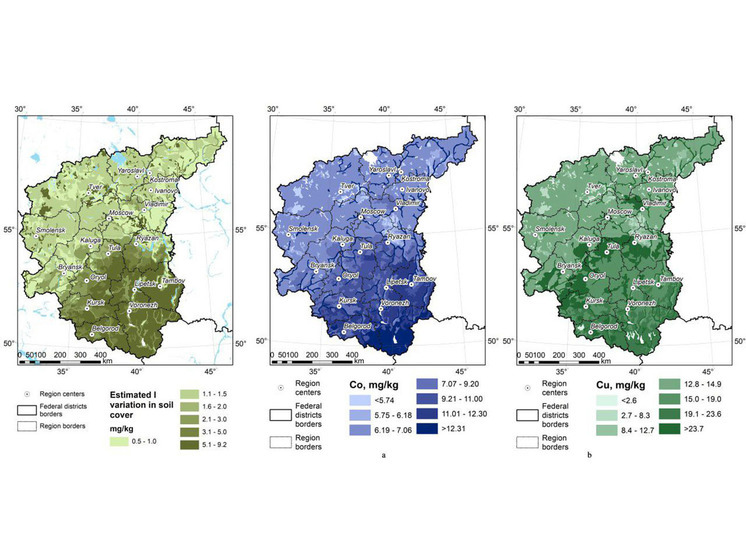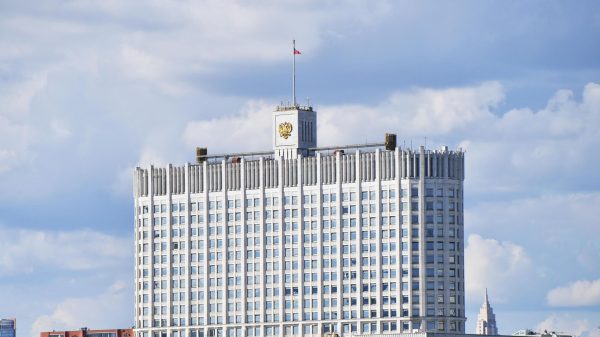Scientists, for the first time in the last half century, conducted comprehensive studies of several microelements that are important for health
The relationship between the presence of copper, cobalt and iodine in the soils of the Central Federal District with pathologies of the thyroid gland was tracked by specialists from the laboratory of environmental biogeochemistry environment of the Institute of Geochemistry and Analytical Chemistry named after. IN AND. Vernadsky RAS (GEOKHI RAS) with the participation of colleagues from the University of Barcelona.
 Assessment of iodine, cobalt and copper concentrations in the soil cover of the Central Federal District of the Russian Federation. Photo: GEOKHI RAS
Assessment of iodine, cobalt and copper concentrations in the soil cover of the Central Federal District of the Russian Federation. Photo: GEOKHI RAS
The first comprehensive studies of microelements in Russian soils date back to the 70s of the last century. However, at that time, scientists took more into account their relationship with feed for farm animals. The fact of iodine deficiency in our country and Western European countries began to be actively studied in the second half of the twentieth century. After the accident at the Chernobyl nuclear power plant, the problem became even more pressing due to the fact that in areas with a low content of natural iodine, more radioactive iodine entered the body and spread in the atmosphere.
In a new study, scientists for the first time comprehensively traced the relationship between soil microelements and the number of recorded cases of thyroid pathology in residents of the Central Federal District (CFD). Moreover, not only iodine was considered, but also other chemical elements, such as cobalt and copper, the lack of which can exacerbate the problem with the harmful effects of iodine deficiency on the thyroid gland.
Thus, according to the results of a comprehensive assessment, which was carried out in 2013-2017, scientists for the first time showed the presence of three groups of regions in the Central Federal District. The first group with a pronounced deficiency of iodine, cobalt and copper included the Moscow, Tver, Bryansk, Smolensk, Vladimir, Yaroslavl, Kostroma and Kaluga regions. The second group, where the concentrations of these microelements are normal, included the Voronezh, Tambov, Lipetsk, Belgorod and Kursk regions. The third group included the Ryazan, Tula and Oryol regions, where, depending on the regions, the concentrations of iodine, copper and cobalt were contrasting.
In almost all regions there was an inverse relationship between the level of microelements and the number of thyroid diseases. The exceptions were the Moscow region, where most products are imported, which means that the lack of iodine in local soils does not greatly affect the health of residents, and areas exposed to radioactive contamination during the accident at the Chernobyl nuclear power plant in 1986. The latter are considered places not only with a low content of natural iodine, but also with high concentrations of radioactive iodine immediately after the Chernobyl nuclear power plant, leading to a greater number of diseases, including cancer.























































Свежие комментарии